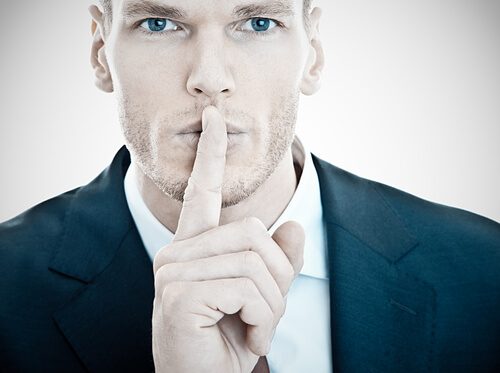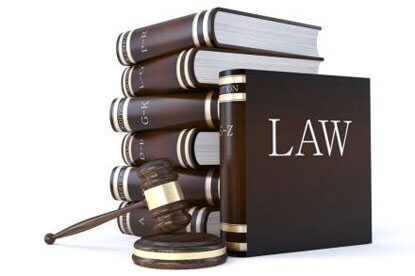Summary: While it’s the industry standard to follow the Cravath bonus scale, some firms are going above and beyond to reward their associates.
It’s the end of the year, and many law firm associates have every reason to cheer thanks to a bump in salary and generous year-end bonuses. Earlier this year, industry leader Cravath, Swaine & Moore raised its salary scale. First years would receive a salary of $180,000 a year, up from $160,000; and other classes would be just as affected. When the Cravath bonus scale was released recently, the industry took notice too. Would other law firms match the Cravath scale or would they try to beat it?
THE FOLLOWING IS THE CRAVATH BONUS SCALE
- Class of 2016- prorated up to $15,000
- Class of 2015- $15,000
- Class of 2014- $25,000
- Class of 2013- $50,000
- Class of 2012- $65,000
- Class of 2011- $80,000
- Class of 2010- $90,000
- Class of 2009 and up- $100,000
Paul, Weiss, Rifkind, Wharton & Garrison announced two hours after Cravath that they were structuring their bonuses the same way. Milbank, Tweed, Hadley & McCloy; Dechert; Clifford Chance; and Allen & Overy also followed the Cravath scale.
Kirkland & Ellis reportedly paid out more than Cravath by almost 20 percent. Associates from the class of 2015 who worked 2,100 hours were given 1.2X the Cravath bonus and those who worked 2,800 hours were given 1.75X the Cravath bonus. Associates from the class of 2014 were given a bonus of $30,000 for working 2,000 hours, which is $5,000 more than Cravath’s bonus amount.
Houston-based Susman Godfrey was offering a minimum year-end bonus of $40,000 to its first-year associates, which was more than double than what Cravath offered. Plus, they reportedly paid first year associates a $190,000 salary instead of the industry standard, proving that things are bigger in Texas.
Schulte Roth & Zabel (SRZ) gave first-year associates the chance to earn an extra $20,000 on top of their $15,000 bonus (pro-rated). Associates who billed 2,300 hours were eligible for $10,000, and associates who billed 2,500 could earn $10,000 more. Earlier this year, the firm, which has offices in New York, Washington DC, and London, increased its starting salary to $180,000, succumbing to the famous Cravath Effect.
Greenberg Gross, which was opened in 2013 and has 17 lawyers on staff, said that they would pay its associates $5,000 more than Cravath’s bonus structure. According to The American Lawyer, this could affect nine associates.
At Akin Gump, associates are given bonuses structured like the Cravath scale, but outstanding performers are given extra money, from $5,000 to $25,000!
Chicago-based litigation boutique Eimer Stahl sent out a memo that they would match the Cravath scale of $15,000 (prorated) to first-year associates and etc., but that they would also offer their lawyers a profit-sharing bonus based on their performance. Additionally, incoming associates with two years of clerkship experience would be given an extra $20,000. Eimer Stahl is especially offering big bonuses for attorneys with federal court clerkships. Incoming associates who come from a federal circuit court clerkship receive a $100,000 bonuses, while those who clerk with federal district judges receive an $80,000 bonus. Incoming associates with two federal clerkships will receive an additional $20,000 on top of the $80,000/$100,000 bonus. That’s not too shabby in the Windy City.
- Related: Kirkland & Ellis Shakes Up Money Pot
- Related: 2016 Law Firm Salary Chart
What do you think about the employee year-end bonuses? Let us know in the comments below.

















































